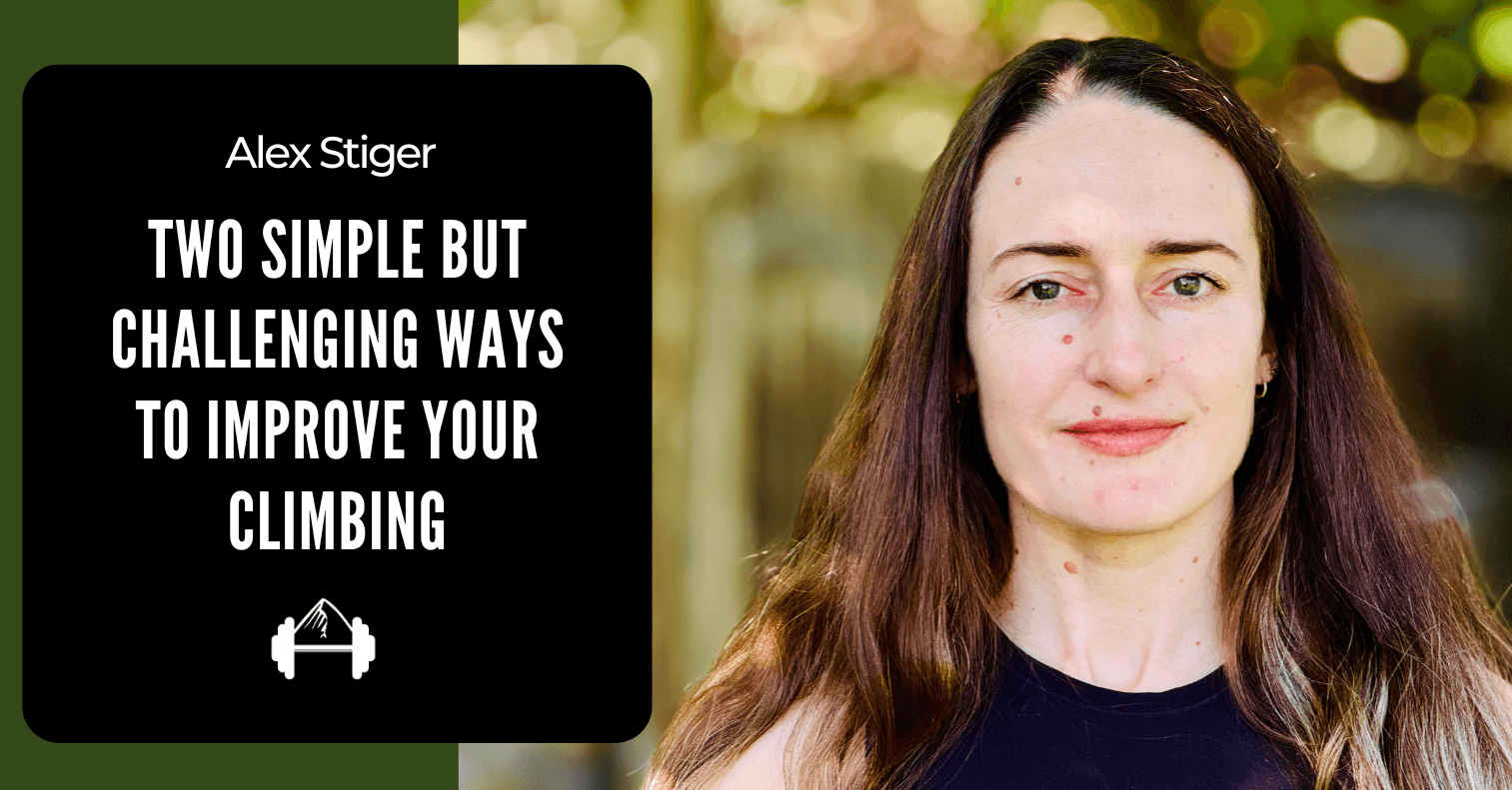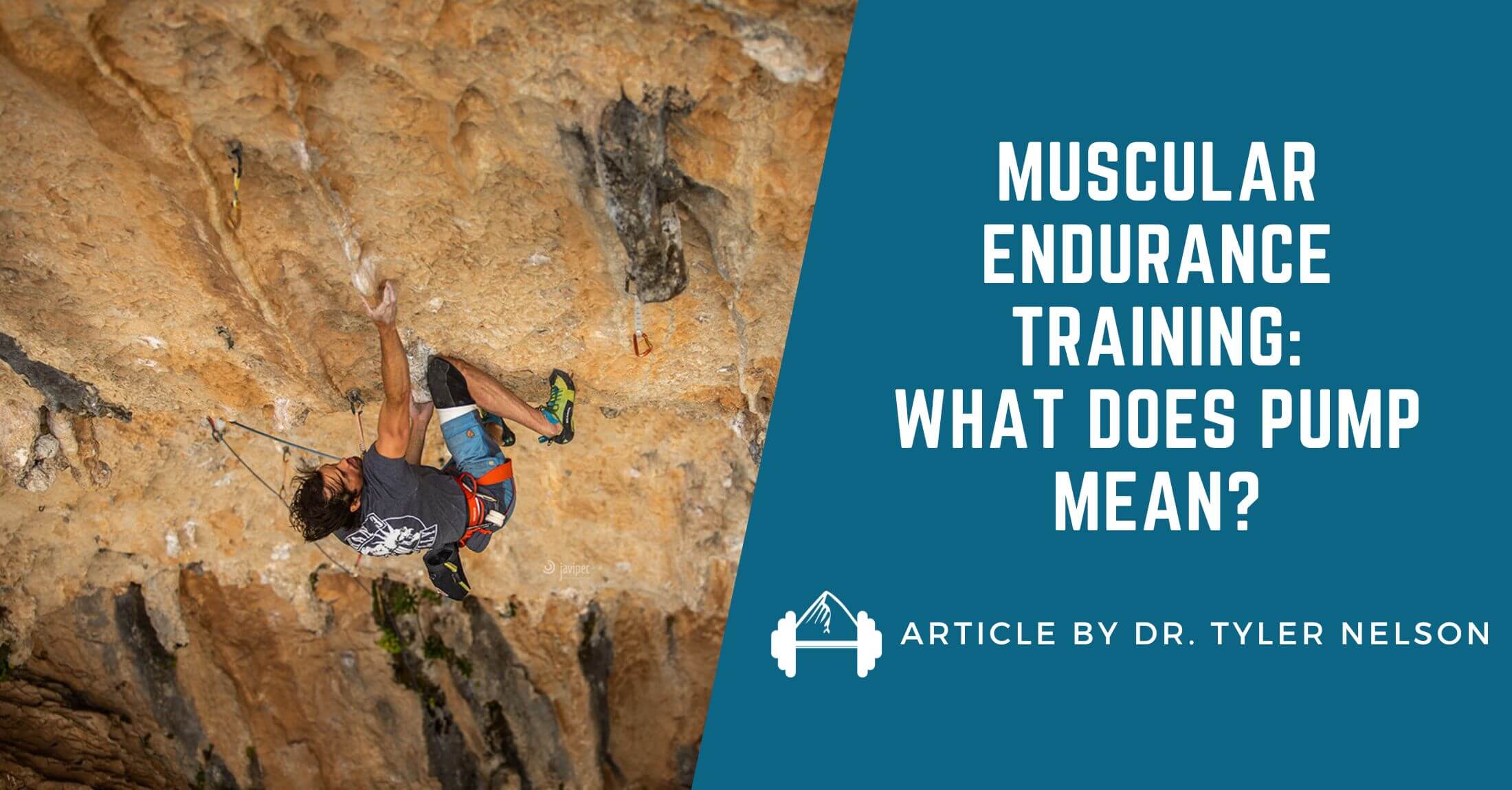Hi Everyone, Coach Matt Pincus here.
As a coach, I work with climbers who want clear guidance about exactly what to do in all of their indoor and outdoor sessions in order to reach their goals and get BETTER at climbing.
One of the biggest questions I encounter in my coaching is about how to best learn a new skill or style of climbing:
- “How can I get better at endurance climbing?”
- “How can I improve my dynamic movement?”
- “How can I improve heel hooks/toe hooks?”
What most people are looking for when they ask these questions is an exercise or drill that will teach them everything they need to know.
I definitely believe drills and deliberate practice are effective. I include them in almost every program I write and, if we work together, you can be confident that you will receive drills to help you work on your weaknesses.
That said, if you really want to learn and master a new skill or style of climbing, drills will not work alone. A greater change in your overall climbing diet needs to be made.
When learning a new skill or style of climbing is a priority, we need to intentionally choose the climbs we are doing to ensure we encounter the learning opportunities we need to practice and progress that skill or style outside the constraints of a drill.
Here’s how we can do that in both our outdoor and indoor climbing.
Outdoor Climbing Skill Development
Take any major climbing area with a distinctive style and you’ll see that the people who climb there regularly excel at it.
Spanish sport climbers are endurance monsters. Rifle and Hueco climbers are good with complex beta and kneebars. Lander climbers are strong on pockets.
I know I’m generalizing, but the take-home message is we are shaped by the places we climb. We can use that to help our overall climbing development.
Matt Pincus climbing at Wolf Point | Photo: Alex Aristei
When I started sport climbing in the Lander area I was primarily a boulderer. The short powerful routes at the Wild Iris suited me well, so I stuck to them.
While I did endurance workouts over the years, it wasn’t until I committed to working my way through Lander’s longer routes – first in the Killer Cave and then at Wolf Point – that I really grew as a sport climber.
At first, that meant dropping the grade of climbs I was targeting. It didn’t feel great for my ego, but now I feel equally equipped on longer endurance-oriented routes as I do on short bouldery ones. I don’t think this shift could have occurred through training alone.
The time spent at the cliff and the lessons I learned through doing these routes were just as, if not more, important than any training I did.
You can do the same in your local areas.
Commit to spending time at the crags/sectors and doing some of the routes/boulders that highlight the style you are trying to learn.
You will have to work harder for sends, but you will also emerge from the experience as a more well-rounded climber.
Indoor Climbing Skill Development
One of the problems with making the commitment to climb at areas that highlight weaknesses is the time commitment. I completely understand. Most of our outdoor time is really limited, and it can be hard to commit to these changes that likely mean less sending in the short term.
Luckily, all of the same points apply to indoor climbing and it’s far more convenient to start making these changes indoors. Doing so requires changing where you spend the majority of your time climbing in the gym.
Let’s use the questions we started with to highlight how this can work:
- Struggling with steep endurance routes?
Commit to spending more time in the lead cave rather than sticking to more vertical routes, even if this means dropping the grade.
- Looking to improve your dynamic movement?
Spend several months prioritizing boulders that can’t be done statically.
- Need to improve your heel/toe hooks?
Boards are great, but they tend not to feature as many of these, so consider switching to set boulders for a bit.
While these changes might seem fairly simple, they can produce real progress if you stick with them long enough. They’ll give you consistent exposure to terrain where you can practice and learn the skill or style you’re targeting.
Ultimately, whether you make these changes outdoors, indoors, or ideally both, this is how you can master new skills and styles.
Don’t get me wrong.
You should still do drills to help you break down and target specific elements of the skill or style you are trying to learn. If you want this practice to stick, however, don’t neglect the bigger picture.
Make sure you are doing enough climbing in terrain that allows you to practice and apply the skills you’ve been practicing outside the constraints of a drill.
Don’t hesitate to reach out if you have questions.
Stay the course. Keep showing up.
Matt
More Resources from Matt:
- Pre-Built Bouldering and Route Training Programs
- So Many Podcast Episodes!
- Blog Posts on Training for Climbing
Work with Me as Your Coach
If you’re trying to learn a new skill or climbing style and you’re struggling, I’m taking new athletes and would love to help you navigate this process.
Changing habits in this way is hard work. Having an external perspective to point out where you need to invest effort and hold you accountable helps. This is where a coach comes in. Click the link below and we can get started.
Work with Matt as Your Coach
If you’re not quite ready to sign up for one-on-one coaching with Matt but you do want his expertise and a structured plan, he designed both our Performance Bouldering and Performance Route Training Programs, which are super affordable, beautifully laid-out training plans you can access from your phone.
Matt uses the same kinds of drills described in this newsletter in both of these programs. You get targeted performance climbing practice, power endurance drills, and all kinds of other skill practice in each session. Plus you’ll get strength training sessions laid out for you using weights, bodyweight, and TRX.
There are 3 levels to choose from in either the bouldering or routes program, and you get access to Matt in free office hours once per month to ask any questions you have.
You can log your workouts in an online logbook so you can track your progress, and you can try the whole thing for free for 7 days.
Check Out the Bouldering Program
Check Out the Route Training Program

Photo of Matt Pincus by Nate Liles | @orographic_visual
If you want this kind of content to show up in your email inbox as soon as it’s published on TrainingBeta, you can opt into our email list here.





Leave A Comment